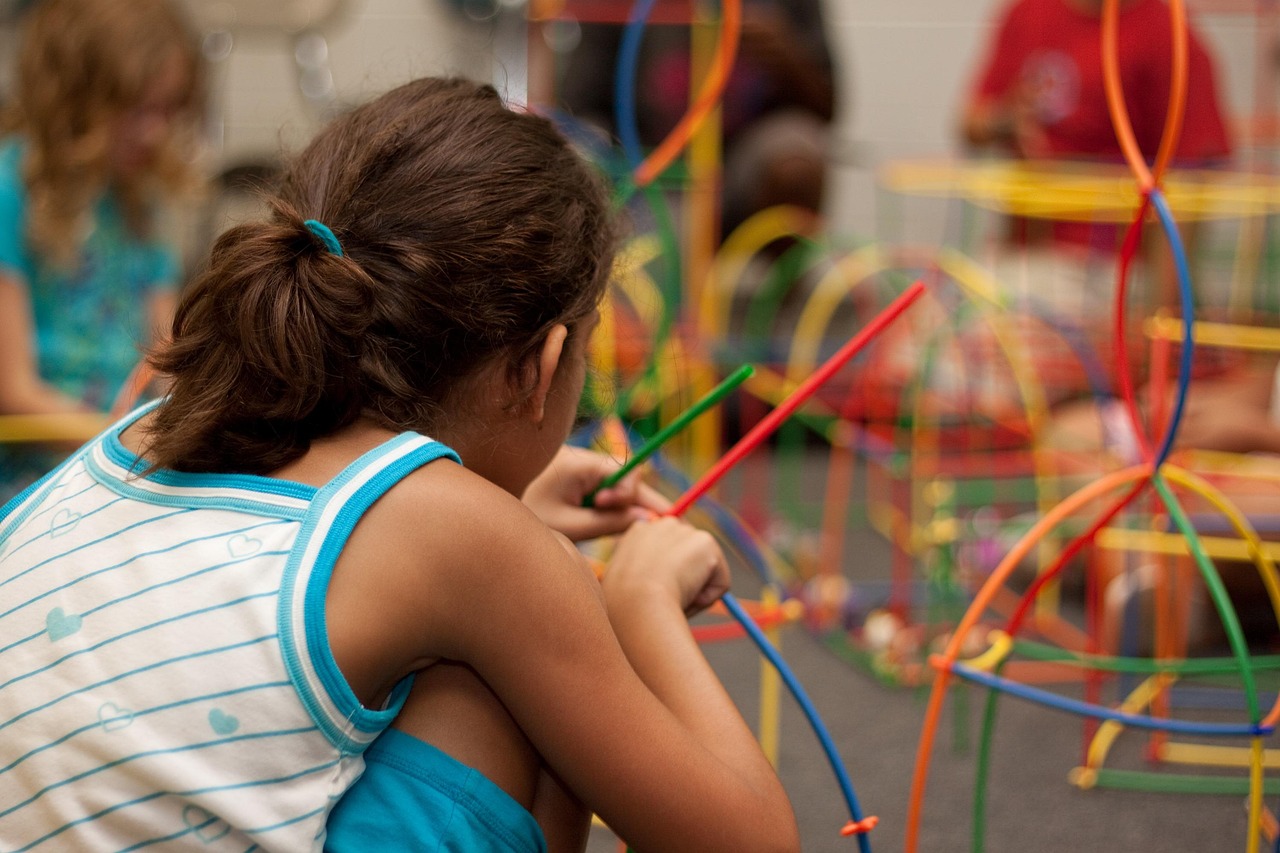
Skills-based, or competency-based, learning is a way to provide teachers and their students with more practical and equitable opportunities to demonstrate their knowledge, say Rita Fennelly-Atkinson and Christina Luke Luna.
Fennelly-Atkinson is the Senior Director of Strategy and Innovation of the Center for Learner Pathways, while Luna is the founder and Chief Learner Engagement Officer of the Center for Learner Pathways. The Center for Learner Pathways, is a new program within Digital Promise that supports competency-based learning and helps schools and districts provide microcredentials and badges to staff.
Digital Promise and the center recently released Exponential Change Brings Exponential Choice: Navigating Life, Learning, and Career, a report that highlights the importance of this type of learning.
Luna and Fennelly-Atkinson share tips for incorporating skills-based learning and microcredentialling into districts and classrooms, and offer advice for accessing resources related to both.
The Importance of Competency-Based Learning
A skills- or competency-based approach to learning can not only be more equitable, it can also better connect with real-world employment demands.
“We think it is important to better align the experiences that students have in their K-12 years to the realities of the world of work that they will enter,” Luna says. “As the work world becomes increasingly more skills-based in terms of hiring and advancement, giving learners opportunities to earn recognition for their skills and know what they are great at and what their interests are, and being able to demonstrate their learning in ways that others can understand, is really important.”
She adds, “The connection to competency-based learning is that the more we have opportunities to show what we know and can do and demonstrate competencies, the better prepared we are for a skills-based future.”
Why Competency-Based Learning Is Linked to Microcredentialing and Teacher Education
For teachers themselves, microcredentials pair naturally with skills-based learning opportunities because it provides a way of allowing educators to earn recognition for new skills and are focused on direct classroom activities.
“What we have found is that competency-based microcredentials are really a shift from what is the norm in educator preparation and professional development,” Fennelly-Atkinson says. “Educators really value the competency-based experience, because part of that process involves them getting feedback and really having to implement a strategy that they’re learning about.”
She adds, “We speak with educators all the time, and they tell us things like they completed a microcredential years ago, and they’re still implementing that strategy in their classroom.”
Ways To Implement A Competency-Based Approach In The Classroom
When it comes to working with students, there are many ways to implement this competency-based approach.
“A lot of teachers might already be doing it and not realize that it’s called competency-based learning,” Luna says. For example, teachers are doing this if they’re engaging in project-based learning or portfolio assessments or other activities requiring demonstrations of learning, as opposed to knowledge recall.
However, effectively implementing these strategies means being very specific, Luna adds. “With competency-based learning, you are really explicit about what the skills and competencies are that need to be demonstrated in order to have achieved or met the criteria for recognition in that competency area.”
‘Rigorous, But Also Encouraging’
The Center for Learner Pathways works with hundreds of schools, and over the years Digital Promise has helped provide more than 20,000 microcredentials to educators.
“For the districts that we work with, we have a microcredential platform where we host all of the microcredentials, and an educator can either go and find a microcredential that aligns with their needs, or sometimes their district gives them a menu of microcredentials that they can choose from,” Fennelly-Atkinson says.
After choosing a microcredential, educators learn what evidence of a skill they need to submit to meet the requirements of the rubric.
“Once they’ve submitted, a person who is an expert in that field gives them really high-quality feedback, and if they did a really great job and met all the criteria, they are awarded a digital badge,” Fennelly-Atkinson says. “If for any reason they are denied the microcredential, they still receive a lot of feedback about how to improve their submission, and are encouraged to resubmit.”
The process is designed to be rigorous, but also encouraging, rather than daunting.
“We have had many, many teachers who have actually expressed that even if they were denied, it was a very positive experience for them because it’s all based on a growth mindset, and the rich feedback that they received was really actionable and specific,” Fennelly-Atkinson says.
She adds that most of these teachers end up resubmitting and ultimately successfully obtain a microcredential.

